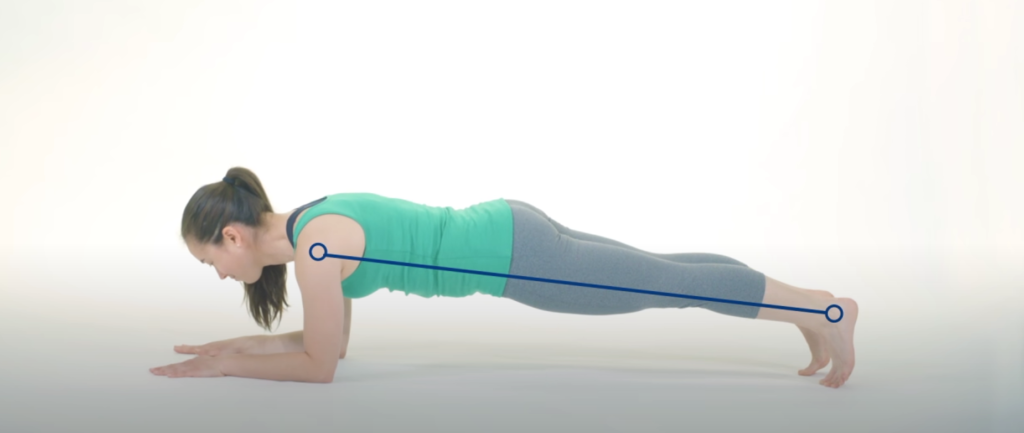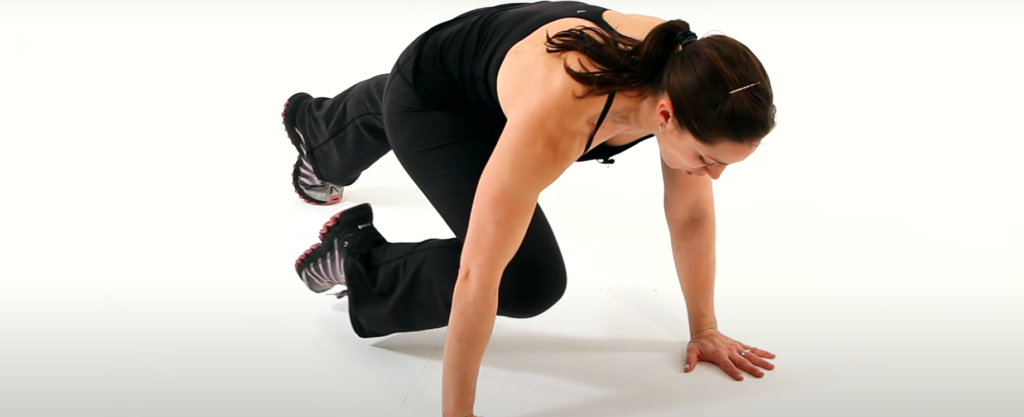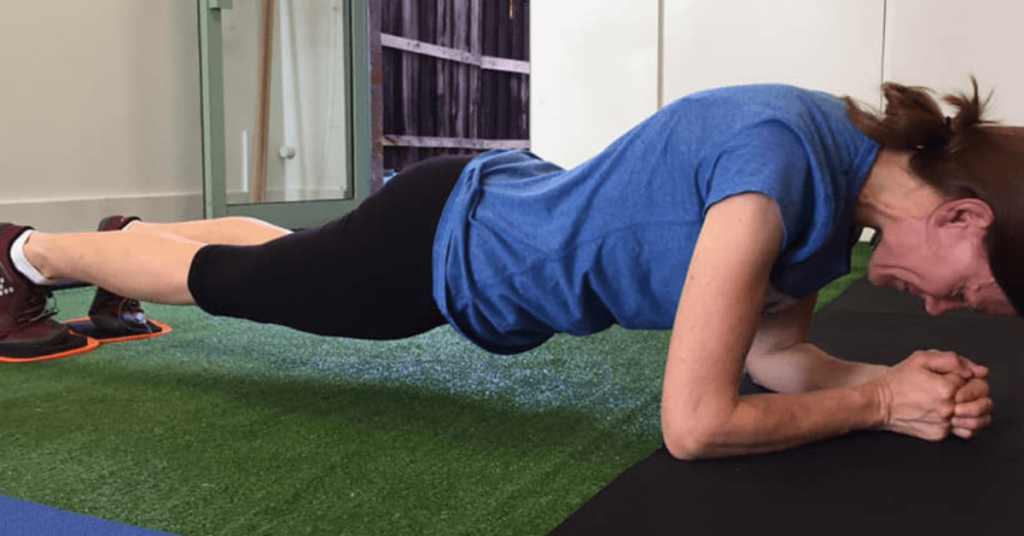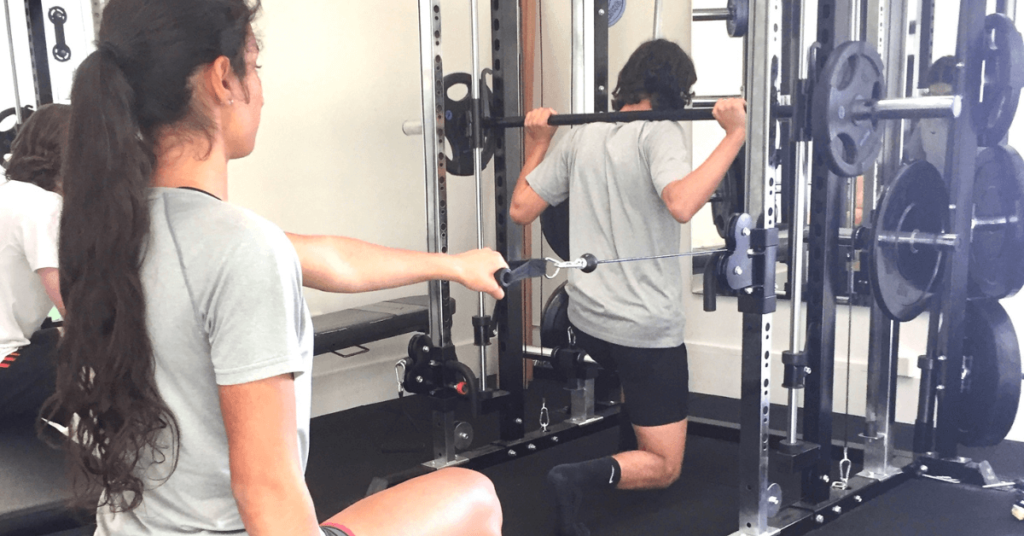Planking Exercises and What It Does For You

Because of our busy schedule trying to find that work-life balance, it may seem impossible to squeeze in the time for a workout or any extra-curricular activity. It’s hard to look for the time to enrol and visit a gym, take a hike in the park, or even go for a swim. This does not mean you should give up trying because there are tons of exercises that you can do in the comfort of your own home. Let me introduce you to one of the most simple and convenient exercises: the plank.
What is a Plank?
The plank, also known as planking, is a core-focused exercise that enhances your strength, balance, and endurance. The reason the exercise is called after a plank of wood is that when performed correctly, you straighten and keep your entire body firmly. It is similar to other calisthenic exercises in that it doesn’t call for additional tools or weights, making it a practical type of strength training for people on a tight budget, who can’t afford a gym coach or on the go.
Benefits of Plank Exercises
When it comes to strengthening your abdominal muscles, nothing beats the plank. It works your entire body with complete alignment, stability, and tension, emphasising your lower back, rectus abdominus, and inner obliques to keep it all together. Whether working out at Melbourne gyms like Run Ready to increase your strength or mobility, it is a terrific method to supplement your exercise regimen. Here is a list of how planking is beneficial to your health:
- Planks strengthen your core
- Lowers the risk of back injuries
- Improves your posture
- Corrects your balance
- Makes you more flexible
- Puts you in a better mood
- Boosts your metabolism
- Improves body coordination
- Helps you lose weight and inches
How do you do a plank?
This flexible workout can indeed be done in a variety of ways. However, before executing more complex versions, it’s best to have a firm grasp of the fundamental plank. It takes a lot of time and practice to master the basic plank, but it will be worth it.
- Lay on your stomach in a push-up position
- For a forearm plank posture, bend your elbows 90 degrees and support your weight on your forearms.
- Maintain a firm, straight torso and create a line from head to toe without drooping or bowing.
- You should be gazing at the ground with your head relaxed.
- Stay in this position for as long as you can.
- Breathe in and out slowly and steadily.
- Stop when you can’t hold the proper position anymore.
Beginners are advised to hold the position for 30 seconds, but if you cannot do so, you may consider anything less to be excellent practise. Alternatively, you can move to a forearm plank, where you rest your weight on your forearms rather than your palms and hold the posture for considerably longer.
What are the other plank variations?
Planks also come in various styles, which is another fantastic feature. From the most common to the most unusual, we’ve compiled 5 different plank varieties. Add any of these to your exercise regimen, and get ready to experience all the advantages of using your muscles.
High Plank
- Align your shoulders over your wrists, and place your hands on the ground.
- Extend your legs outward, tighten your core muscles, and raise your body into a high plank position.
Knee Plank
- Your hands should be level on the floor, your elbows should be tucked under your shoulders, and your core should be tight.
- Raise yourself slowly until your body is straight from your knees to your head while maintaining your forearms and knees on the ground.
- Stay there as long as you possibly can. If your abdominal muscles begin to tremble, don’t worry. This means that it’s doing what it’s supposed to do!
Side Plank
- With your feet together and your forearm tucked behind your shoulder, lie on your right side.
- To align your body from your feet to your head in a straight line, engage your core and lift your hips.
- Stay in this position for at least 30 seconds.
- Switch to the left side.
Reverse Plank
- Sit down on the floor with your legs out in front of you. Put your palms—with fingers spread widely—slightly outside and behind your hips on the ground.
- Lift your hips and torso upward while applying pressure to your palms. As you do this, look up towards the ceiling. Keep your arms and legs straight, and point your toes. From your head to your heels, your complete body forms a solid line.
- Pull your belly button back towards your spine while using your core muscles. Count up to 30 seconds.
- Return to your starting posture by bringing your hips and torso back to the ground.
Mountain Climber
- Set your knees and hands on the ground.
- Put your left leg behind and your right foot close to your right hand.
- Switch your legs in a single fluid motion while maintaining the same posture for your arms.
- Double-time leg swaps to get your right foot back to the location of your right hand.

Tips Before, During, and After Planking
Planking is a fantastic workout, but you should exercise caution before adding it to your daily regimen. Like everything else, overusing or doing this exercise incorrectly might result in unpleasant consequences.
- Always check with a professional before planking, especially if you’re injured or pregnant.
- Make sure that you’re doing the proper position
- If you’re a beginner, start with knee planks.
- Do planks for a couple of seconds at a time.
- Don’t let your hips, head, and shoulders sag.
- Don’t forget to breathe.
- Keep your hands a distance from each other.
- If you experience continuous back pain, it might be safer to switch to crunches.
- Rehydrate after each plank set.
- Pair this with other exercises and of course, a balanced diet.
Planking FAQ
Planks lower your chance of injury by strengthening your core. Additionally, by uniformly dispersing your weight while moving, excellent posture keeps you safe. By doing so, you can prevent yourself from making uncomfortable, bad motions that could result in discomfort and damage.
Be aware of these mistakes so you can get the most out of planking.
- Back arches
- Sagging Hips
- Tilting the head up
These following muscles are the most exercised when you perform planking exercises.
- Transverse abdominis
- Rectus abdominis
- Oblique Muscles
- Gluteal Muscles
Your weight and how long you hold the plank for will determine how many calories you burn. A person weighing 150 pounds would typically burn 3 to 4 calories per minute when performing a plank.
There are other components to a well-rounded fitness programme that aren’t found on the bottom of a dumbbell, and while strength training has many advantages and we should all be doing it to maintain our bones now and in the future, there are. Cardio exercise is one of them! These are exercises that improve circulation and reduce blood pressure are excellent for maintaining a healthy heart. It’s something to develop into a lifelong habit, similar to resistance training.




